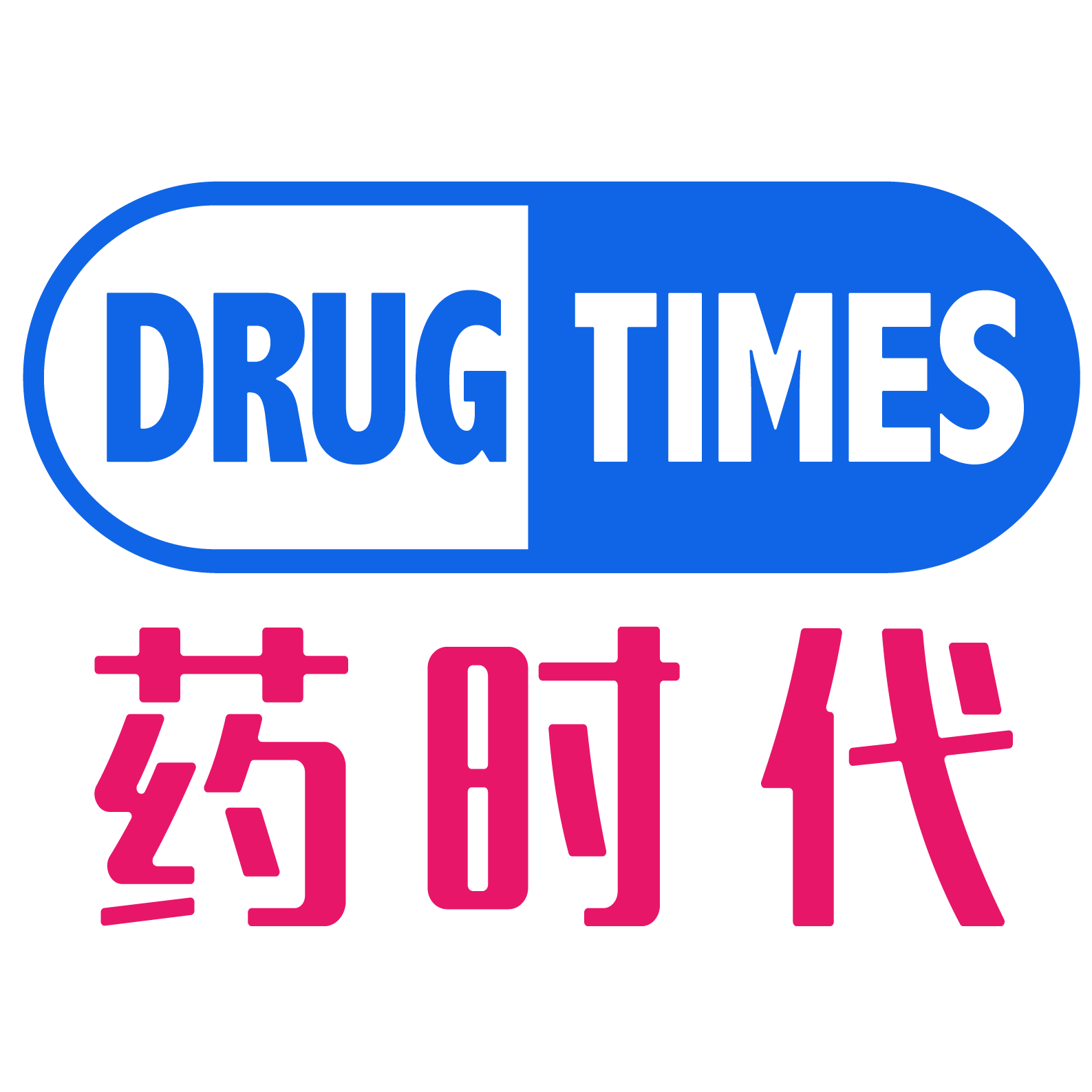
August 2, 2025 – The clinical trial application for SNC115, a DLL3-targeting chimeric antigen receptor (CAR) gene-modified T cell injection developed by CellOrigin Biotech, has been accepted for review by the Center for Drug Evaluation (CDE) of China’s National Medical Products Administration (NMPA). The investigational therapy is intended for the treatment of relapsed or refractory small cell lung cancer (SCLC) and/or other neuroendocrine carcinomas.
 Source: CDE Official Website
Source: CDE Official Website
SNC115 incorporates an innovative, proprietary armored CAR design, which has demonstrated superior activity compared to conventional CAR constructs in preclinical studies. Additionally, CellOrigin Biotech has established robust and stable CMC (Chemistry, Manufacturing, and Controls) capabilities for cell production, significantly reducing ex vivo T-cell expansion time and shortening patient wait times—a critical advantage for late-stage cancer patients.
China Takes the Lead in DLL3-Targeted Therapy Development
In the field of oncology therapeutics, the DLL3 target, dormant for nearly two decades, is now revolutionizing the treatment landscape for small cell lung cancer (SCLC) and other neuroendocrine tumors with disruptive potential. In 2024, the world’s first DLL3-targeted therapy, Tarlatamab, received accelerated FDA approval, marking a major breakthrough in the transition from theoretical exploration to clinical application for this target. This milestone shattered the long-standing reliance on PD-1 inhibitors combined with chemotherapy as the only treatment option for extensive-stage small cell lung cancer (ES-SCLC), offering new hope to patients.
A single flower does not make spring, while a hundred flowers in full bloom bring spring to the garden. According to the Patsnap database, there are currently 78 DLL3-targeted pipelines in development globally. Among them, four are in Phase 2 clinical trials, and 13 are in Phase 1.
The DLL3 arena has attracted top-tier pharmaceutical companies worldwide, with competition intensifying. Chinese innovators such as Hengrui and Innovent have rapidly entered the field through business development (BD) collaborations, seizing early opportunities. Meanwhile, multinational corporations (MNCs) like Novartis and Merck have accelerated the integration of cutting-edge technologies through acquisitions, building a cross-border, multi-platform competitive network.
In terms of quantity, Chinese pharmaceutical companies account for more than half of the global DLL3 developers, with their R&D progress leading the world—a testament to the rise of China’s innovation capabilities.
Looking ahead, as frontline clinical trial data continues to emerge and multiple technological approaches such as bispecific antibodies, ADCs, and cell therapies advance synergistically, the DLL3 target is poised to evolve from a “high-potential candidate” into a new pillar of precision oncology. This promises patients more effective and less toxic treatment options, ushering in a new chapter for neuroendocrine tumor therapy.
发布者:sima,转载请首先联系contact@drugtimes.cn获得授权

 为好文打赏 支持药时代 共创新未来!
为好文打赏 支持药时代 共创新未来! 